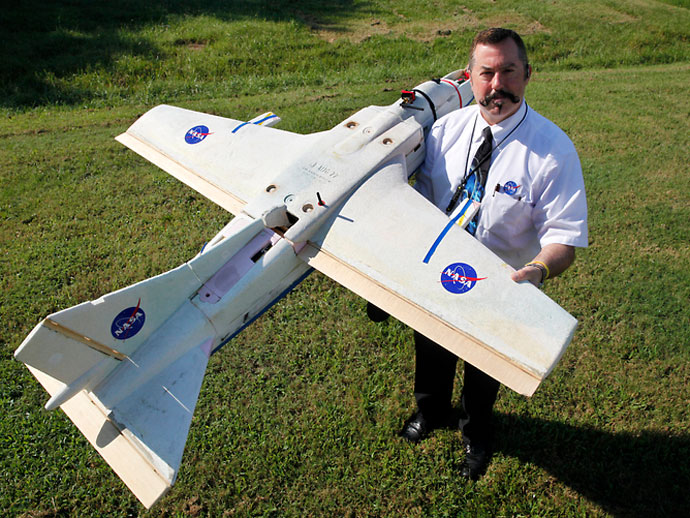NASA Testing Drones To Spot Wildfires
Unmanned aerial vehicles — more popularly known as drones — have a wide variety of applications, from dropping bombs to spying on people. As creepy as it is to have little unmanned planes swooping around in the air doing pretty much whatever they want, not all of these activities are sinister; in fact, NASA’s Langley Research Center recently signed a one-year agreement with the Department of the Interior’s Fish and Wildlife Service to test small drones for use in the detection of brush and forest fires.
Beginning with the Great Dismal Swamp National Wildlife Refuge, an almost 50,000-square-acre area on the Virginia-North Carolina border, NASA will test out UAVs for aerial surveillance. After FAA approval, a team at Langley will fly a lightweight UAV equipped with cameras and transmitters over the refuge; according to Mike Logan, the research lead at Langley, one of these cameras is able to see smoke plumes as they rise, while the other is an infrared camera that can detect heat signatures.
Logan said he came up with the idea after a four-month-long fire in 2011 that cost $10 million to extinguish.
Most fires are caused by lightning strikes and the only way they can spot them is by hiring an aircraft to do an aerial survey of the huge swamp. So I figured why not use a UAV as a fire detector?” said Logan in a recent NASA press release.
According to Logan, the drone weighs only 15 pounds and has a range of 8 miles; it can stay in the air for about an hour before the batteries need to be recharged. The drone will transmit video to the team as it flies, allowing them to view a live feed via a laptop computer.
The UAV can be programmed to fly on its own, although a safety pilot will monitor test operations, says NASA.
Great Dismal Swamp Refuge Manager Chris Lowie says this new method of surveillance could provide “a safer and more cost-effective alternative for surveillance of potential areas of interest immediately following thunderstorm activity,” adding that the Fish and Wildlife service hopes to see “a significant decrease in cost” when it comes to surveying the refuge — not to mention faster fire detection, which might save millions of dollars in firefighting costs.
Check out the test video, in which Logan sends a drone up into the air:










































